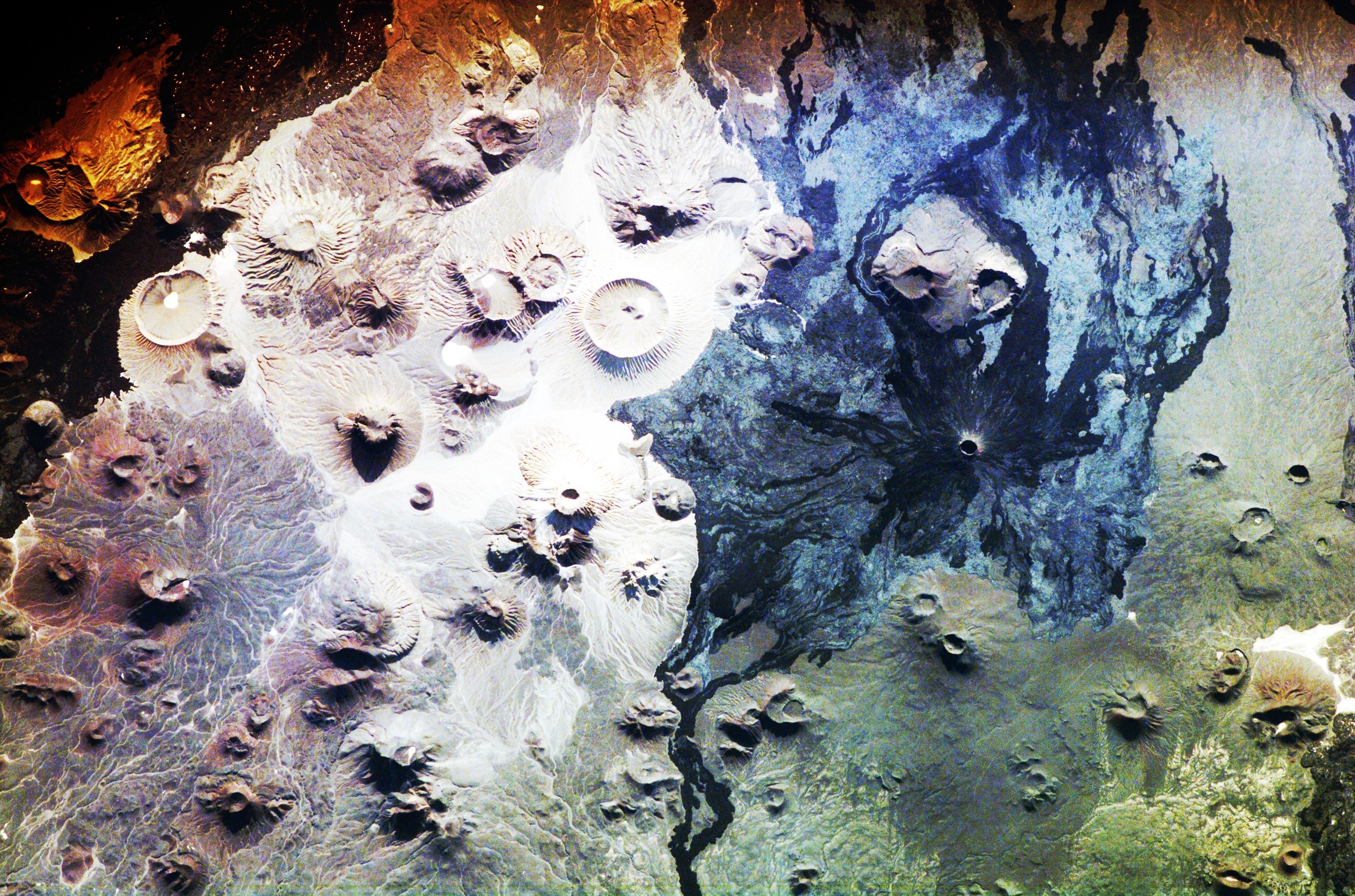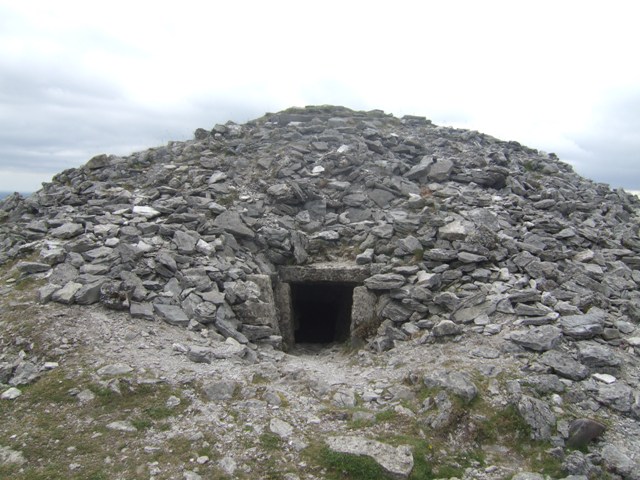|
ߪĄarrat Khaybar
ߪĄarrat Khaybar () is a volcanic field located north of Medina in the Hejaz, Saudi Arabia. It covers an area approximately . The most recent eruption occurred between 600 and 700 AD. Man-made stone structures dating to the Neolithic period have been studied in Harrat Khaybar. Geography The basaltic lava fields of Harrat Khaybar were formed by a series of eruptions over the course of 5 million years. These eruptions took place along a series of volcanic vents stretching over a 100-kilometer (62 mile) north-south linear vent system. The fields cover an area of approximately 12,000 km2. The most recent volcanic eruption took place between 600 and 700 AD. The White Mountains of Harrat Khaybar, Jabal Abyad and Jabal Bayda, derive their light appearance from comendite. Jabal Abyad, at an elevation of 2,093 metres (6,867 ft), is the tallest volcano in Saudi Arabia. These mountains contrast with the darker appearance of the hawaiite lava flows and domes which dominate the l ... [...More Info...] [...Related Items...] OR: [Wikipedia] [Google] [Baidu] |
Medina
Medina, officially al-Madinah al-Munawwarah (, ), also known as Taybah () and known in pre-Islamic times as Yathrib (), is the capital of Medina Province (Saudi Arabia), Medina Province in the Hejaz region of western Kingdom of Saudi Arabia, Saudi Arabia. It is one of the oldest and most important places in Islamic history. The Holiest sites in Islam, second holiest city in Islam, the population as of 2022 is 1,411,599, making it the List of cities and towns in Saudi Arabia, fourth-most populous city in the country. Around 58.5% of the population are Saudi citizens and 41.5% are foreigners. Located at the core of the Medina Province in the western reaches of the country, the city is distributed over , of which constitutes the city's urban area, while the rest is occupied by the Hijaz Mountains, Hejaz Mountains, empty valleys, Agriculture in Saudi Arabia, agricultural spaces and older dormant volcanoes. Medina is generally considered to be the "cradle of Islamic culture and ci ... [...More Info...] [...Related Items...] OR: [Wikipedia] [Google] [Baidu] |
Cairn
A cairn is a human-made pile (or stack) of stones raised for a purpose, usually as a marker or as a burial mound. The word ''cairn'' comes from the (plural ). Cairns have been and are used for a broad variety of purposes. In prehistory, they were raised as markers, as memorials and as burial monuments (some of which Chambered cairn, contained chambers). In the modern era, cairns are often raised as landmarks, especially to mark the summits of mountains, and as Trail blazing, trail markers. They vary in size from small piles of stones to entire artificial hills, and in complexity from loose conical rock piles to elaborate megalithic structures. Cairns may be painted or otherwise decorated, whether for increased visibility or for religious reasons. History Europe The building of cairns for various purposes goes back into prehistory in Eurasia, ranging in size from small rock sculptures to substantial human-made hills of stone (some built on top of larger, natural hills). ... [...More Info...] [...Related Items...] OR: [Wikipedia] [Google] [Baidu] |
Volcanic Fields Of Asia
A volcano is commonly defined as a vent or fissure in the crust of a planetary-mass object, such as Earth, that allows hot lava, volcanic ash, and gases to escape from a magma chamber below the surface. On Earth, volcanoes are most often found where tectonic plates are diverging or converging, and because most of Earth's plate boundaries are underwater, most volcanoes are found underwater. For example, a mid-ocean ridge, such as the Mid-Atlantic Ridge, has volcanoes caused by divergent tectonic plates whereas the Pacific Ring of Fire has volcanoes caused by convergent tectonic plates. Volcanoes resulting from divergent tectonic activity are usually non-explosive whereas those resulting from convergent tectonic activity cause violent eruptions."Mid-ocean ridge tectonics, volcanism and geomorphology." Geology 26, no. 455 (2001): 458. https://macdonald.faculty.geol.ucsb.edu/papers/Macdonald%20Mid-Ocean%20Ridge%20Tectonics.pdf Volcanoes can also form where there is stretching an ... [...More Info...] [...Related Items...] OR: [Wikipedia] [Google] [Baidu] |


